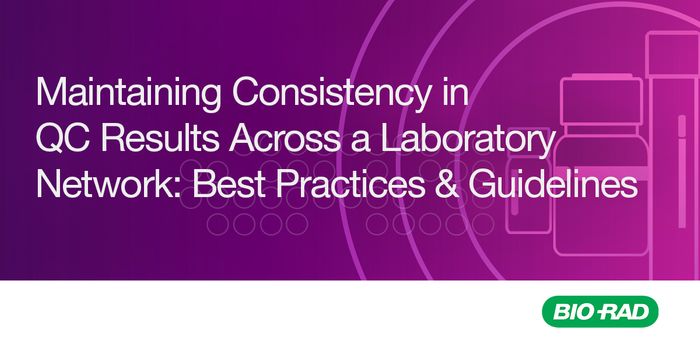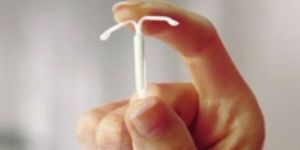'Na-Nose' to Sniff Out 17 Diseases
Breathalyzers have come a long way. No longer are these devices only popular for the detection of drunk drivers. Instead, the technology of analyzing breaths as a proxy for health conditions is a new growing field of study. Breathalyzers have been developed for the detection of blood glucose and even traces of marijuana chemicals. Now scientists have come up with a device that can supposedly diagnose as much as 17 health conditions with just a single breath.
The premise behind a breathalyzer is the detection of specific chemical footprints in our breath vapors. Specifically, the device picks up volatile organic compounds (VOCs), traces of which can reveal if you’ve had too much to drink, or if your blood glucose is too high. "Each disease has its own unique breathprint,” explained the authors previously.
But for a single device to detect multiple diseases, it has to differentiate different breathprints. To accomplish this, researchers turned to nanotechnology. Specifically, their device has two nanolayers, one carbon-free and one with carbon. One layer has “modified gold nanoparticles and a random network of single-walled carbon nanotubes,” the authors wrote.
Now dubbed the “Na-Nose” after the intelligent nanorays, the experimental nanotechnology purportedly has enough sensitivity to detect a wide variety of diseases. “Due to cross-reactivity, each sensor responds to a variety of VOCs, thereby allowing sensing and analysis of individual components from multicomponent samples,” the authors wrote.
The team tested the device on breath samples from over 1,400 people who were either healthy or had one of the 17 different diseases, including irritable bowel syndrome and multiple sclerosis. The diseases fall into three broad categories: cancerous, inflammatory, and neurological.
The blinded experiments, validated separately, showed the breathalyzer has an 86 percent accuracy of diagnosing diseases, including Parkinson’s, some cancers, kidney failure, multiple sclerosis, and Crohn’s. This is impressive considering the large sample size, and the diversity of the samples, which included people with different ethnicities, sex, smoking status, and others.
"I would say our technology in many cases (is) equivalent to the accuracy of the currently available invasive technology," said Hossam Haick, the principle investigator, from the Technion-Israel Institute of Technology.
While this is encouraging, the team admits the device is not yet ready for the market. This step would require a host of heavy testing and validation. However, they did identify 13 VOC profiles that were associated with specific diseases, and the combination of which were sufficient to discriminate between two or more of the diseases.
“Overall, these findings could contribute to one of the most important criteria for successful health intervention in the modern era, viz. easy-to-use, inexpensive (affordable), and miniaturized tools that could also be used for personalized screening, diagnosis, and follow-up of a number of diseases, which can clearly be extended by further development,” the team concluded.
Indeed, breathalyzers are preferred particularly for its non-invasive nature. And if perfected, such device could completely transform clinical diagnosis.
Additional sources: CNN









